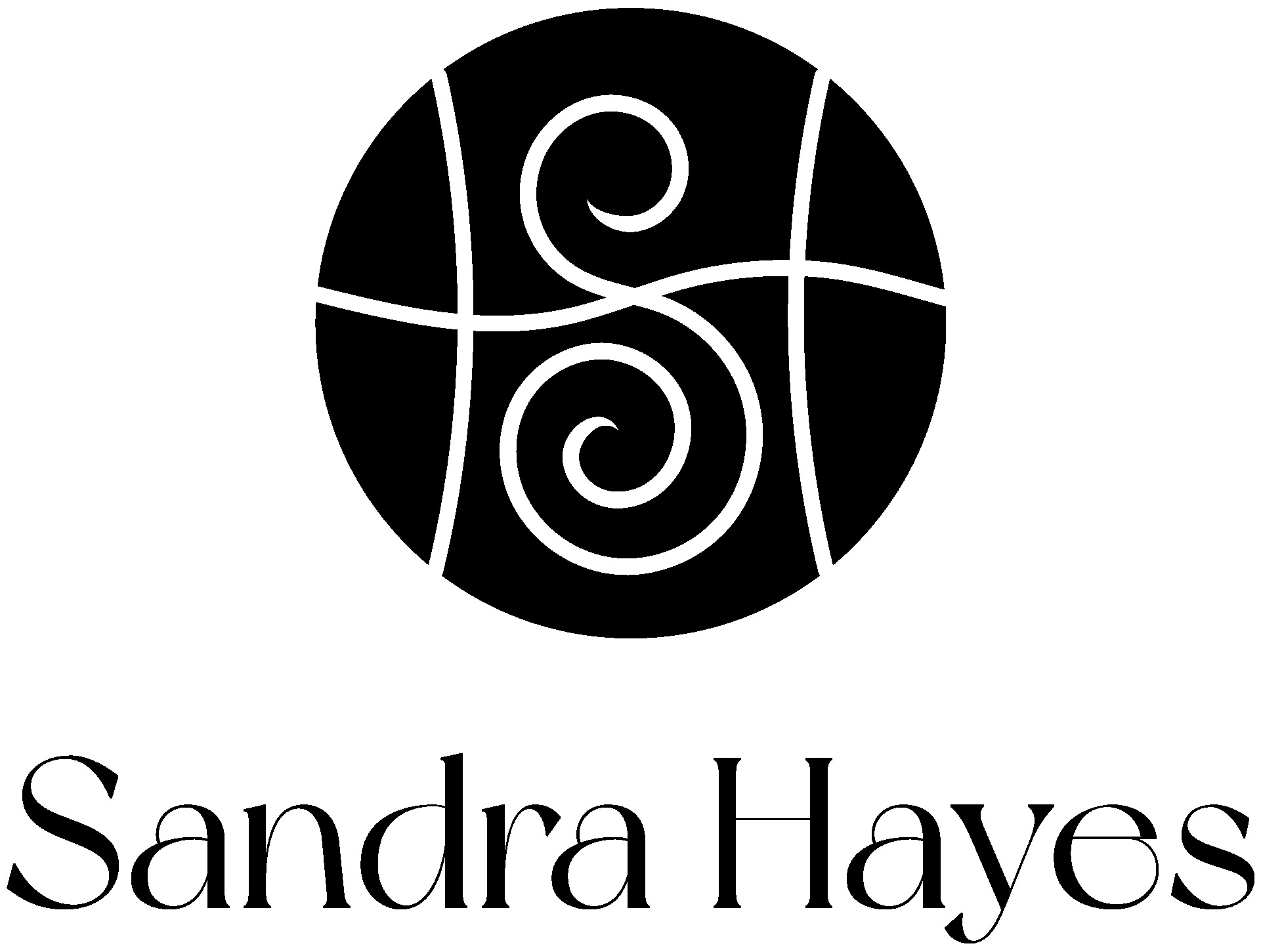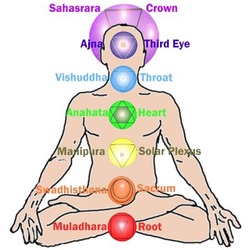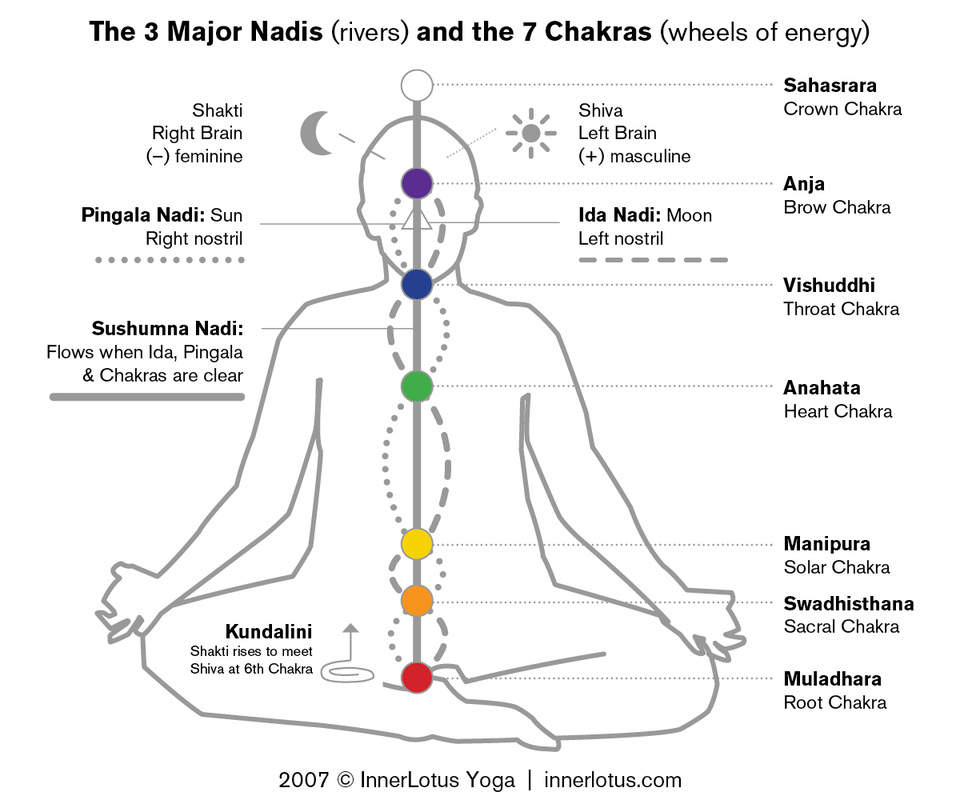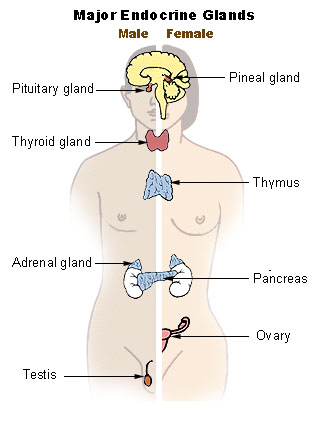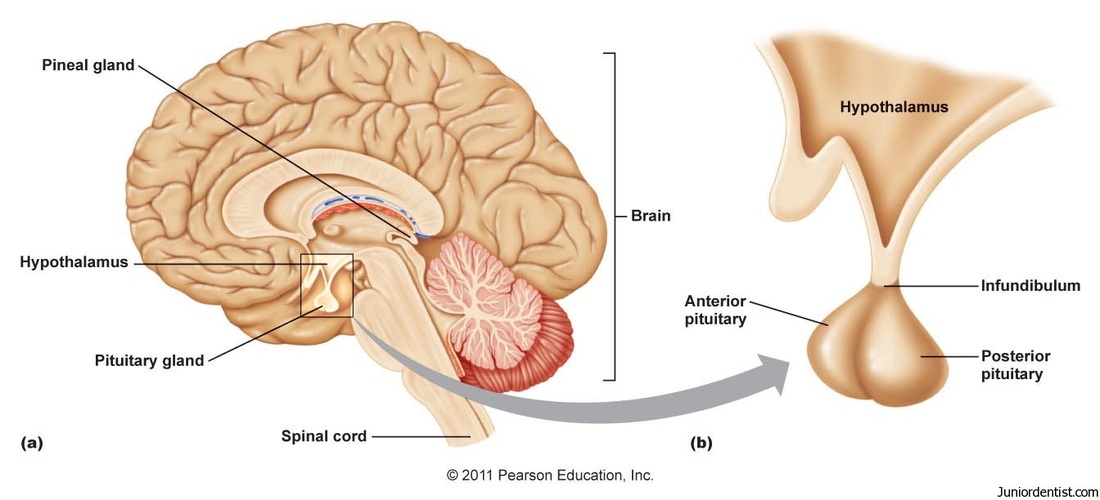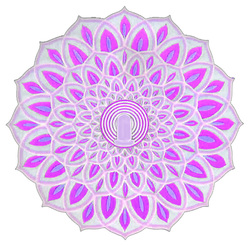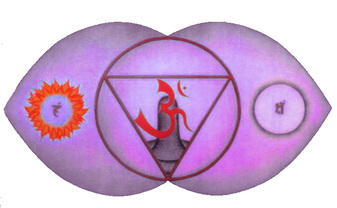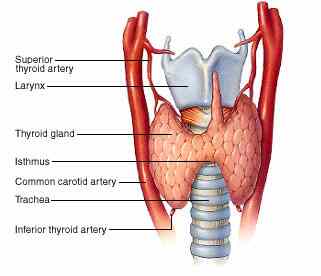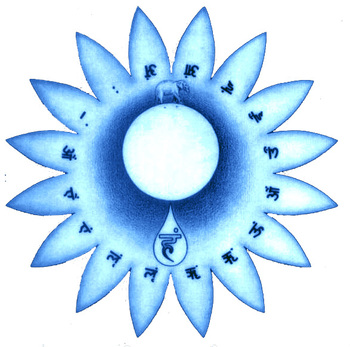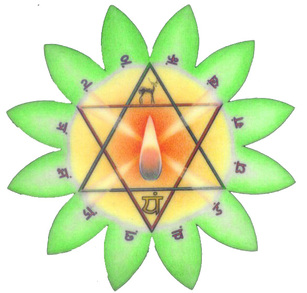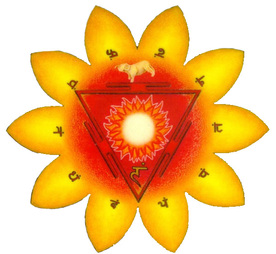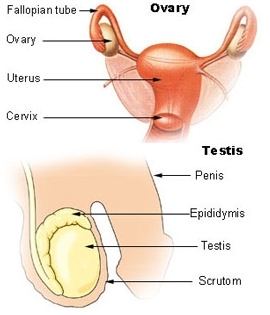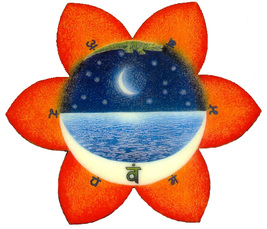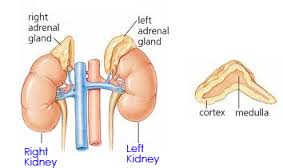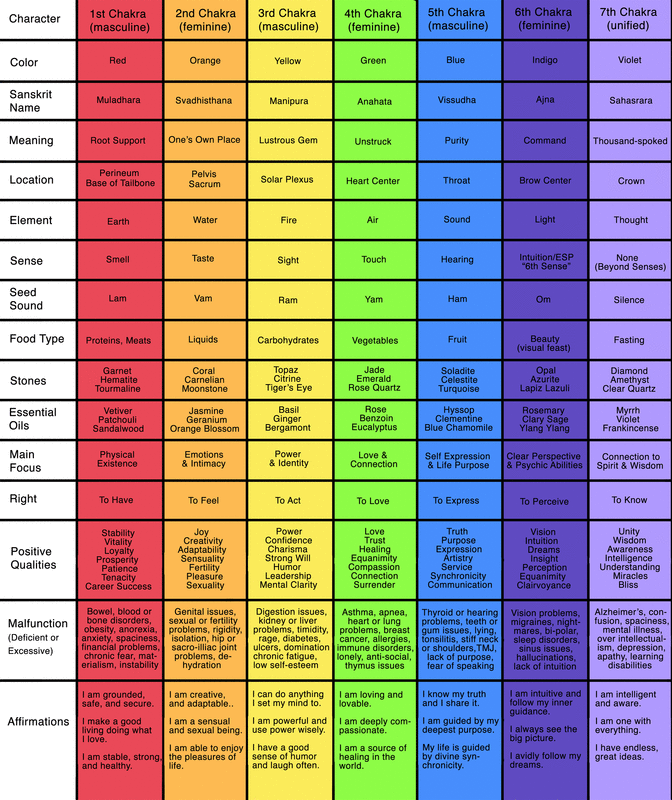So, it’s time for another blog post.
It’s been too long.
This one is a little bit of a cheat, as it is mostly an old piece written during my teacher training but I’ve changed it a little bit and wanted to post it here as it coincides with what we are talking about in our wednesday night class.
So I hope you find it interesting – it’s a little bit long so I suggest you make yourself a cup of tea & get comfy! 🙂
In the Yogic belief system (as in modern science and almost every other philosophical system), everything consists of energy. Energy within a certain range of vibration results in what we know as matter and can be perceived by our physical senses. Just like on an optical scale, higher or lower vibrations cannot be perceived with our senses but are nevertheless there.
The more subtle forms of our physical bodies have been explored by many yogis (or other spiritual masters) throughout time, with interesting results that not only compare to each other but also, as it becomes more and more clear, with modern science.
As we know from the system of the koshas, the energy vibration of our physical bodies extends into higher subtler vibrations of a vital energy body, an emotional energy body, a mental energy body, a spiritual energy body, etc. This concept also relates to each of the body organs, cells and glands of the body – everything in nature is expressed on many levels.
Chakras (chakra = wheel in sanskrit), as described in the yogic texts, are a concentration of energy, each at a point where the nadis (energy channels) cross each other, resulting in a charged reaction which produces a strong vortex of energy. There are thousands of chakras and their energies are all intertwined and communicate with each other, causing a reaction in other chakras and in the physical body as well as in the subtler energy bodies. However we are mainly focusing on seven main chakras, resulting from the crossing or interaction of three main Nadis (Ida, Pingala and Shushumna Nadi).
The endocrine system is a system of internal glands that are releasing messenger molecules into the blood stream (as opposed to an exocrine gland which releases a substance to the outside, eg. sweat glands). Those molecules communicate with other glands and the nervous system and are known as hormones. There are many glands, as there are many chakras, but in biology, just like in yoga, the focus is on seven main glands, or groups of glands.
Just like the nervous system, the endocrine system is a messenger system of communication, but while the nervous system sends out messages fast and directly towards the receiver, resulting in a quick, but short lived response (eg telling my muscles to contract), the endocrine system sends messages all over the body through the blood stream, until receptors on cells pick them up, making communication slower, but longer lasting. (“e-mail vs facebook”).
1. The home central of this messaging service is the Hypothalamus.
The HYPOTHALAMUS is an almond sized portion of the brain, situated above the brain stem. It’s function is to connect the nervous system to the endocrine system.
It does so with the help of the PITUITARY GLAND, a downward extension of the hypothalamus.
When a lactating mother hears her baby cry, the auditory nerve impulses send messages to the hypothalamus, which in turn tells the pituitary gland to release some hormones to tell the mammary glands to start milk production.
The same is true for most hormonal responses and for this reason, the PITUITARY GLAND is referred to as the master gland – it takes orders from the hypothalamus and makes hormones that tell other glands what to do.
It really consists of two separate glands fused together, like two sacks hanging from the hypothalamus: The posterior (= behind) and the anterior (= in front) pituitary.
The POSTERIOR PITUITARY excretes 2 hormones that were made in the hypothalamus:
Oxytocin stimulates the contraction of the uterus, lactation, bonding between humans, feelings of trust, love and orgasm, and that’s why it is basically referred to as the love molecule. It is released every time you hug or touch someone, look into someones eyes or even think fondly about someone.
It also helps to heal wounds and to relieve pain. It is an antidepressant, makes us more trusting and generous. It even protects us from obesity by regulating hunger. When large amounts of oxytocin are released, our appetite decreases – like when we are newly in love or breastfeeding our baby. 🙂
The other hormone released by the posterior pituitary is Antidiuretic hormone, telling the kidney to retain water, so we stay hydrated.
The ANTERIOR PITUITARY produces and secretes many hormones. One of them is Growth Hormone (GH). The tallest man in history was over 8 foot at the time of his death. He was found out to have a tumor pressing on the pituitary gland, causing it to release excess amounts of GH. GH is also considered a very potent anti aging hormone. It’s production slows down after the age of 40.
In other words, the pituitary gland is the gland that receives messages from above, and sends them down into our other glands. It’s communications mainly have to do with love, growth, healing, birth and trust, which, on a more subtle level, are the functions and messages of Sahasrara Chakra – the crown chakra, or 1000 petaled lotus.
(the number of petals on the symbolic lotus images for each chakra, refers to the number of nadis extending out from that Chakra).
Sahasrara Chakra is all about our connection to the Cosmos – it teaches us that we are all one, coming from the same source that is reached through universal, unconditional love.
Great yoga asanas to stimulate the pituitary gland are vigorous flows like sun salutations, that stimulate circulation, and inversions like wide legged forward bend, shoulder stand, headstand, etc (except for people with pituitary tumors..) and fish pose.
Alternate nostril breathing and particularly the humming bee breath (in a higher tone) have a positive effect on the pituitary glands.
Sound vibration (chanting mantras) are “massaging” the gland and are balancing it. Meditation also stimulates the release of anti aging hormone GH.
The pineal gland is fully formed and becomes visible on the 49th day after conception.
This is also the day where the sex is determined. Coincidentally it is on the 49th day (according to the Tibetan book of the Dead) that the soul enters the body and according to some forms of buddhism, the soul takes 49 days to be reincarnated.
To sum it all up, the pineal gland has to do with our visions, our conscious and subconscious mind, dreams, intuitions, spiritual (or otherworldly) communications and it protects our brain (our mind space).
The corresponding Chakra, Ajna Chakra (pronounced “Agya”, meaning “command”), is the chakra of our mind, our intuition, wisdom, our divine inspiration.
It is our third eye, seeing images from other dimensions, dreams, visions, etc.
All inverted asanas (including forward bends) are great for stimulating and the pineal gland.
Any imaginative visualisation, Yoga Nidra and meditation also stimulates the pineal gland. Sound vibration that “massage’ the pineal gland work very well, especially if they are in a higher note.
Speaking, Singing and chanting massages the thyroid with vibration and have a strengthening effect.
Shoulder stand (Sarvangasana) is a particularly good asana as well as plough pose (Halasana) and fish pose (Matsyasana).
The Chakra of communication and expression (of truth and the true self) is Vishuddi Chakra (Purification Chakra). It is seated at the throat centre and influences our ability to express our own self, especially through our voice. Vibrations from voice influence the whole being, filtered through this chakra.
So the Thymus gland is all about growth and protection and is most active in children. An active thymus gland in adults can prevent us from diseases, intruders and degenerations, keeping our systems healthy, uncorrupted and in balance. Direct physical stimulation can have a positive effect, which techniques like EFT (emotional freedom technique) and singing or chanting, causing a vibrational “massage” to the thyroid gland, try to utilize. And of course it is already known how deeply emotions can effect our immune system. We all have had the experience of being run down and coming down with a flu just after a time of emotional stress.
Chest opening asanas like camel pose (Ustrasana), wheel pose (Urdhva Dhanurasana), wild thing (Camatkarasana) and pranayama techniques like kapalabhati and Bhramari have a stimulating effect on the thymus gland.
Situated in the centre of the chest is Anahata (= “Unstruck”) Chakra.
It all about unconditional love, protection, non violence and harmony with our surroundings.
In case of constant high glucose levels, insulin is secreted so much that the receiving body cells become insensitive to it and don’t react sufficiently any more, causing diabetes. Insulin also has another function – it binds itself to transcription factor proteins, which in turn bind themselves to DNA sequences to help this particular sequence to express itself successfully (for example in the expression of a genetic code to determine hair color). The pancreas also releases enzymes that are needed for digestion through exocrine glands, making this gland both endocrine and exocrine.
So altogether this gland deals with our supplies of energy (power), it’s storage and use, digestion & metabolism (processing) and the expression of our genes (personality/self expression). Asanas that work the abdominal area strengthen and stimulate the pancreas, like boat pose (Navasana), High and low plank pose (Chaturanga Dandasana), Camel (Ustrasana), plough pose (Halasana) and spinal twist or abdominal stretch. Kapalabhati pranayama or bhastrika breath are great ways to stimulate the pancreas.
Chants in a slightly lower tone can affect the pancreas through vibration.
The subtle counterpart of this gland is Manipura (= City of Jewels) Chakra, which, when fully functioning, enables us to process emotions, express our personality with self confidence and access our own sources of power and energy.
French embryologist Alfred Jost had done some experimenting in the 1940s. He performed surgery on bunny embryos and removed all developing gonads. The bunnies who had this surgery all turned out female. This means that the “default setting” for gender in mammals seems to be female. Just a thought… 😉
Apart from Gametes, the Gonads also produce hormones. The Testes and ovaries release estrogen, progesterone and testosterone in different proportions (Testes release mainly testosterone and ovaries mainly estrogen and progesterone, however they are all released in both men and women) Estrogen promotes the development of female characteristic and regulates the menstrual cycle, and progesterone is involved in the menstrual cycle, pregnancy and the development of the embryo.
Testosterone is a male sex hormone and is involved in the development of some secondary male characteristics (like muscles & body hair, etc.). Estrogen is also needed for the production of Serotonin, a neurotransmitter that causes us feelings of happiness, and well being, making us carefree and playful – all attributes necessary to get us to want to mate with a partner. During menstruation estrogen levels drop quickly, therefor also serotonin drops. In short, the gonads have to do with sex and with feelings of happiness and playfulness, male and female attributes, their attraction to each other, and how life is created (ultimate creativity).
Balancing Asanas as well as gentle flows (moon salutation), khandarasana (bridge pose), shoulder stand (sarvangasana) and cat pose are great postures for the gonads.
Practicing Bhastrika and Nadi shodhana and chanting in a lower vibration help too.
Those levels often tend to stay high until the early teens or longer, setting the child up to “expect” difficulties. Also babies who are reared with low levels of touch and interaction have significantly higher levels of cortisol than babies that are carried around much, are talked to, are breastfed and receive a lot of interaction and assurance. Babies that are not comforted when crying or not fed when hungry also develop high levels of cortisol. As an adult, these levels often remain high, increasing the risk of heart disease, diabetes and stroke.
But newer studies even point to a connection between ancestral stress stored and passed on in our DNA, for example in children and grandchildren of Concentration Camp survivors.
A connection to the hypothalamus and pituitary gland (called the hypothalamic-pituitary-adrenocortical axis) creates a reaction to high levels of cortisol by reducing amounts of oxitocin released. This leads to less trust and bonding ability, often a long lasting result. Depression also is a direct result of low levels of oxytocin.
The function of the adrenals can be summed up to be that of pure survival including reproduction and community, especially the community we need for survival – our family at the time of birth and infancy. While the pituitary gland supports birth, love, trust and bonding, the adrenal glands are there to prevent death by raising strong emotions like fear to motivate us to move away from threat and danger.
To balance the adrenal glands, avoid strenuous postures and instead, practice postures like sukkhasana, (easy pose) shavasana (corpse pose) and other relaxing postures,
Yoga Nidra, meditation and chanting in low, calming tones. Steady rhythms, drumming, walking barefoot, routine and comforting familiarity creates a safe feeling, which calms the adrenal glands. Avoid sugar and heavy foods.
Muladhara (= root support) chakra is the chakra associated most strongly with the adrenals. It connects us to the physical plane, our physical body and our ancestral blood line. A fully functioning muladhara chakra makes us feel safe in our family/community, rooted on this earth and gives us a stable base.
But if you are interested to find out more, these are 2 of the books I personally enjoyed most about Chakras:
Caroline Myss “Anatomy of the Spirit”
Stephen Sturgess “The Book of Chakras & Subtle Bodies”
Also please keep in mind that the connection between chakras and glands is a more modern one, it does not appear in any of the ancient texts and can vary a little bit, especially the adrenal connection, as there is not actually a gland at the same location of Muladhara.
The vibration level of Chakras is usually depicted through their colors.
This also comes in variations.
The old version of Chakra colors are different from the newer, more commonly used rainbow colors (I believe it was taken from a similar south american system and popularised as it seemed to make more sense to most western people). However, keeping in mind that these are all abstract concepts trying to explain a very subtle anatomy, I believe the best way is to actually sit and meditate and develop a feeling for your own subtle energies.
So feel free to ask questions, comment or correct me if you think I got something wrong…
Thanks for taking the time to read this rather long post! 🙂
